45 Interesting Facts About Bolivia

Bolivia is a fascinating country located in the heart of South America. Known for its breathtaking landscapes, rich cultural heritage, and unique customs, Bolivia has plenty of surprises in store for curious travelers.
In this extensive guide, you’ll discover 45 interesting facts covering various aspects of Bolivia. From historical trivia to fun customs, delicious cuisine, vibrant festivals, and more – read on to uncover this diverse country!
Introduction
Nestled between Brazil, Peru, Chile, Argentina, and Paraguay, Bolivia captivates with its extreme geography and vibrant culture. While it may not be on every traveler’s radar, this unique country has no shortage of amazing facts that will blow your mind.
Get ready to journey across the Salar de Uyuni salt flats, climb through the Andes mountains, and dive into colorful indigenous festivals. We’ll uncover quirky customs, important history, and delicious local delicacies.
By the end of this, your view of Bolivia will be forever transformed!
Fascinating Facts About Bolivia’s History
Bolivia has a rich history stretching back to ancient civilizations and Spanish colonial times. Discover some enlightening facts about its past:
1. Bolivia was once a part of the Inca Empire.
Before Spanish colonization, Bolivia was the center of the ancient Tiwanaku culture and later the Inca Empire from the 15th to early 16th century. The Inca Empire spanned Peru, southwest Ecuador, western and south central Bolivia, and northwest Argentina.
2. Its name pays homage to Simón Bolívar.
Bolivia was named after the prominent Venezuelan leader Simón Bolívar who played a pivotal role in liberating the country from Spanish rule in 1825. Bolivar led revolutions against Spanish rule across South America.
3. Bolivia used to be known as “Upper Peru.”
During the colonial period under Spanish rule, Bolivia was referred to as Upper Peru or La Paz. The name was changed to Bolivia after gaining independence in 1825.
4. Sucre is the constitutional capital of Bolivia.
While many assume La Paz is the capital, Sucre is officially the constitutional capital where independence was declared in 1825. It is the seat of the judiciary.
5. The pollera skirt has deep roots.
The traditional pleated skirt was originally forced on indigenous women by Spanish authorities. Today, it symbolizes pride and cultural identity as part of the traditional outfit worn by cholita women.
Fun Facts About Bolivian Culture and Traditions
From wrestling cholitas to coca leaves, Bolivia has some unique cultural quirks. Explore these fascinating customs:
6. Over 30 languages are spoken across Bolivia.
In addition to Spanish, there are 36 officially recognized indigenous languages including Quechua, Aymara, and Guarani. Quechua and Aymara have several regional dialects.
7. Bolivia boasts the highest percentage of indigenous people in Latin America.
Approximately 55% of Bolivia’s population is indigenous with roots dating back to ancient civilizations like the Inca.
8. Cholita wrestling is a popular Bolivian sport.
Cholita wrestling features indigenous Aymara and Quechua women wrestling while wearing traditional pollera skirts, braids, and bowler hats. It has become a tourist spectacle.
9. The Witches’ Market in La Paz sells some bizarre items.
From dried llama fetuses to aphrodisiacs, you can find just about anything at this famous market. Locals come here to buy ingredients for rituals and offerings.
10. Coca leaves are used to combat altitude sickness.
Chewing coca leaves can help relieve symptoms of altitude sickness common in the Bolivian highlands. The leaves have been used this way for centuries.
Unique Facts About Bolivian Landscapes and Nature

With extremes ranging from the Andes Mountains to the Amazon, Bolivia’s landscapes are wildly diverse. Learn some eye-opening facts about its natural wonders:
11. Bolivia is home to the world’s largest salt flat, Salar de Uyuni.
Spanning over 4,000 square miles, this vast salt desert offers surreal reflective views in the wet season when covered in a thin layer of water.
12. Lake Titicaca is the highest navigable lake on Earth.
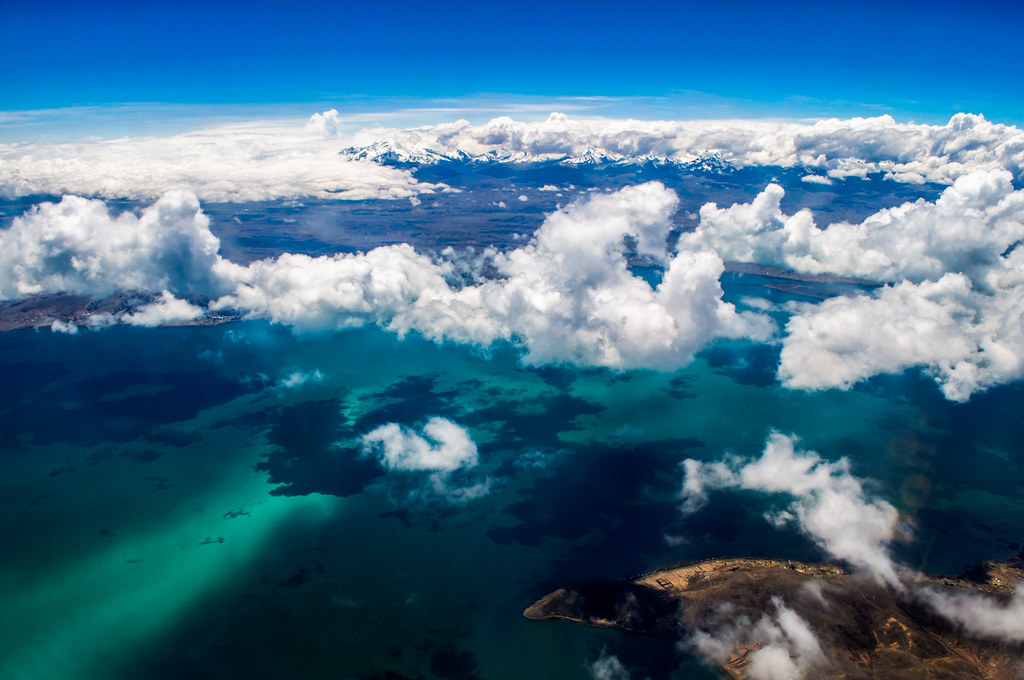
At 12,507 feet above sea level, this stunning lake straddling Peru and Bolivia holds the record for the world’s highest navigable lake. It is a major spiritual and cultural site for Andean peoples.
13. Bolivia contains a section of the Amazon rainforest.
The Amazon basin covers around a third of Bolivia, making it one of the most biodiverse regions on the planet with new species still being discovered.
14. Bolivia has 37% of the world’s lithium reserves.
Underneath Salar de Uyuni are the planet’s largest lithium reserves, totaling around 70% of the global supply used in batteries and technology.
Delicious Facts About Bolivian Food
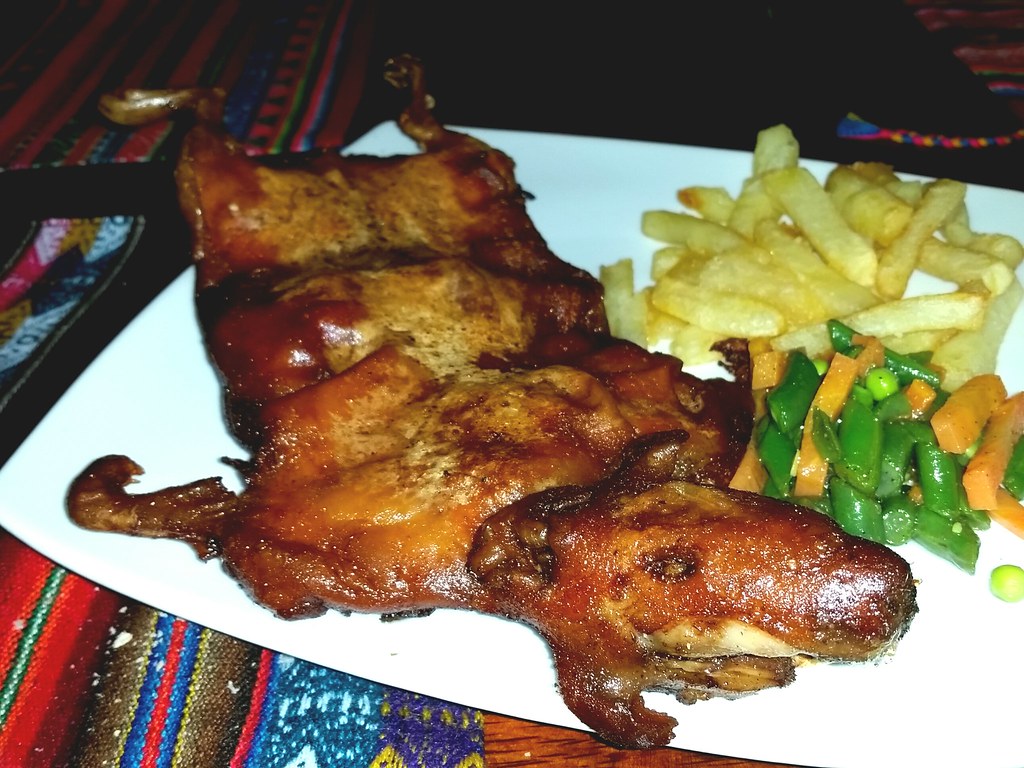
Fiery spices, hearty soups, and fresh produce are the hallmarks of Bolivia’s mouthwatering cuisine. Check out these savory facts:
16. Guinea pig is a traditional delicacy.
Called “cuy,” this Andean specialty is typically fried or roasted to perfection. The rodents are raised as livestock.
17. Bolivian salteñas pack a flavorful punch.
These savory pastries stuffed with beef, vegetables, and spices are a popular snack sold from street carts and shops.
18. Locals love camba seca con queso.
Meaning “dried meat with cheese,” this simple yet satisfying dish of beef jerky and cheese is a Bolivian favorite.
19. Majadito combines rice, meat, and fried egg.
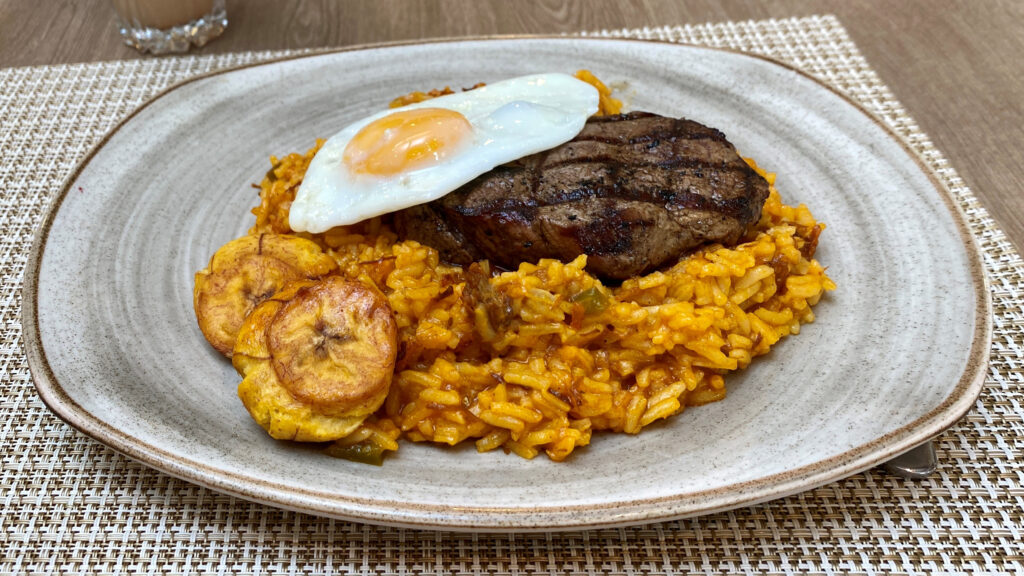
This hearty fried rice dish makes for a truly satisfying meal with its mix of ingredients.
20. Aji is a staple Bolivian sauce.
Spicy aji hot sauce made from chili peppers accompanies most meals and gives Bolivian cuisine its signature heat.
Fascinating Facts About Bolivian Cities and Landmarks

From the soaring heights of La Paz to the glittering shores of Lake Titicaca, Bolivia boasts some spectacular scenery. Learn about its must-see spots:
21. La Paz is the world’s highest capital city.
At 11,975 feet above sea level, this lofty administrative capital boasts stunning scenery with snowy peaks surrounding the city.
22. El Alto is one of the highest major cities globally.
Sitting at 13,615 feet elevation, this lively city contains over a million residents at even higher altitudes than La Paz.
23. Sucre is a UNESCO World Heritage Site.
With well-preserved colonial architecture, Sucre earned this prestigious designation in 1991. It is considered one of the most beautiful cities in Bolivia.
24. You can stay in a hotel made of salt at Salar de Uyuni.
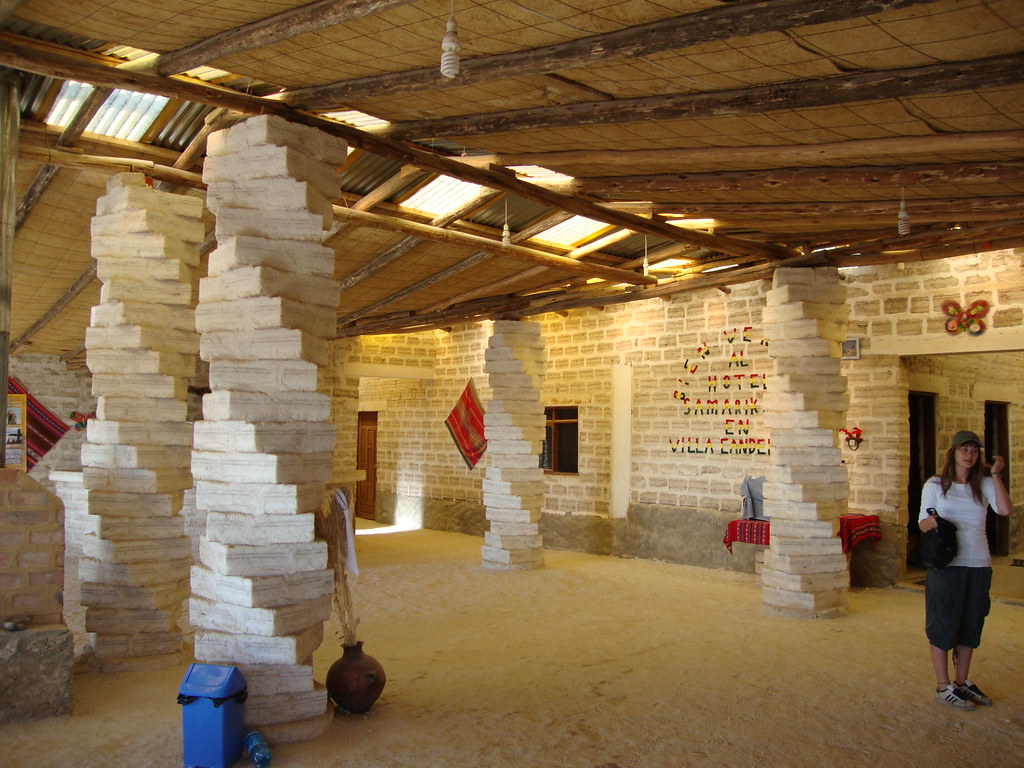
The Hotel de Sal is an amazing full-service hotel constructed entirely from salt blocks. Everything from the walls to chairs is carved from salt.
25. Lake Titicaca has ancient ruins and Incan sites.
Copacabana is the gateway for visiting the Isla del Sol with its sacred Incan pilgrimage sites, temples, and ruins dating back millennia.
Fascinating Facts About Wildlife in Bolivia

From flamingos to pink dolphins, Bolivia harbors an impressive diversity of species. Get to know its incredible wildlife:
26. Bolivia has 1,400 species of birds within its borders.
That’s more avian species than Canada and the U.S. combined! New birds are still being documented in Bolivia.
27. The Andean condor is Bolivia’s national animal.
With an impressive 10-foot wingspan, this majestic bird soars over the Bolivian skies as a symbol of power and strength.
28. The Amazon basin contains thousands of plant and animal species.
New wildlife is still being uncovered in Bolivia’s section of the Amazon rainforest, one of the most biodiverse habitats on Earth.
29. Pink river dolphins inhabit many Bolivian waterways.
These unique dolphins turn pinker when excited due to increased blood flow. They are surprisingly acrobatic and flexible.
30. Bolivia is home to three flamingo species.
Chilean, Andean, and rare James’ flamingos inhabit the country’s salt lakes and high-altitude wetlands. Seeing them is a colorful spectacle.
Interesting Facts About Bolivian Festivals and Events
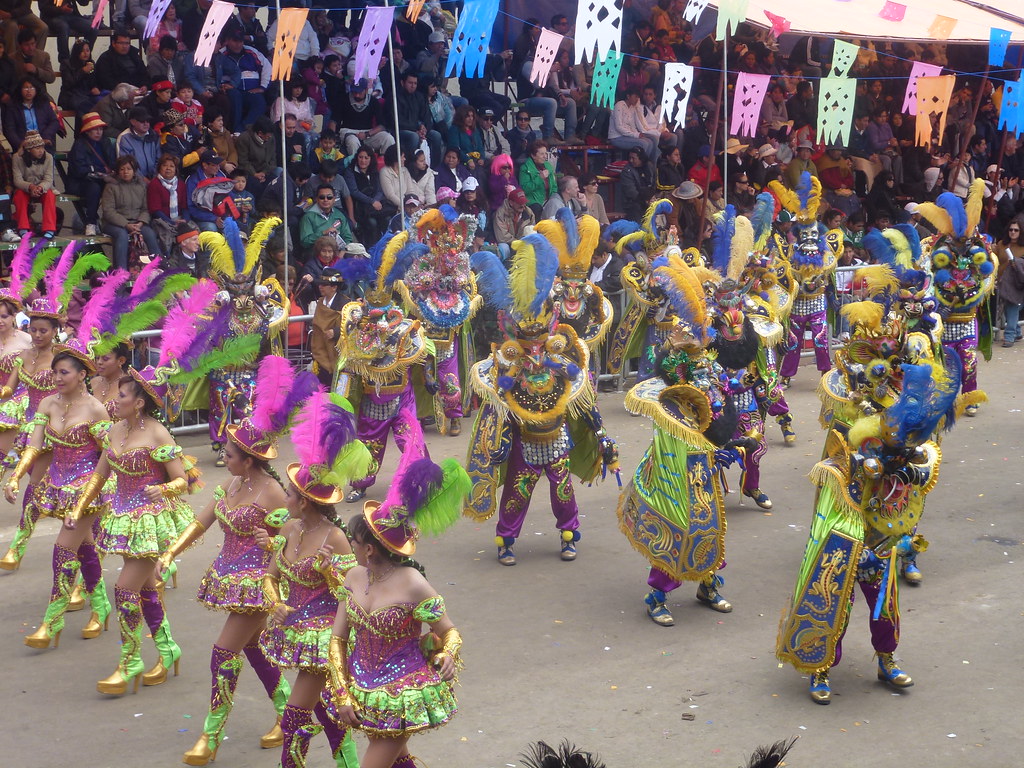
Vibrant culture comes alive in Bolivia’s exciting festivals and celebrations. Discover some of the top events:
31. Oruro Carnival features spectacular costumes and dances.
This vibrant February festival involves colorful parades, folkloric dances, elaborate devil costumes, and music competitions with hundreds of groups.
32. Alasitas Festival focuses on abundance and prosperity.
In January, La Paz hosts this festival celebrating miniature items symbolizing hopes and dreams for the future. Markets sell tiny gifts, food, cars, houses, etc.
33. Gran Poder Parade honors the Virgin of Urkupiña.
In May, dancers and elaborate floats parade down the streets of La Paz during this festival. Participants wear colorful traditional costumes.
34. La Diablada depicts the dance between angels and devils.
During Carnival, this mass performance enacts the struggle between good and evil through dance and music.
35. Pachamama Day honors Mother Earth.
On August 1st, Bolivians give offerings to Pachamama, the Andean goddess of the earth, in gratitude for a good harvest.
Interesting Facts About Sports, Economy, and Politics in Bolivia

As one of South America’s fastest-growing economies with natural resource wealth, Bolivia continues to develop rapidly while honoring its indigenous political traditions:
36. Evo Morales was Bolivia’s first indigenous president.
He was in office from 2006 to 2019, bringing a new emphasis on indigenous rights. Morales enacted progressive policies and reduced poverty.
37. Bolivia ranks among the world’s top lithium producers.
The Salar de Uyuni salt flat holds around 70% of the planet’s lithium reserves used for batteries and technology globally.
38. Natural gas is a major export and economic driver.
Bolivia has South America’s second-largest natural gas reserves and exports to neighboring countries, especially Brazil and Argentina.
39. Soccer is the most popular sport in Bolivia.
Like many South American nations, fútbol is part of the national culture. Games feature raucous fans and city-wide celebrations.
40. Candidates can run for a second presidential term.
Since 2009, Bolivian presidents have been able to serve two consecutive 5-year terms if democratically re-elected.
Unique Facts About the Bolivian Flag and Symbols

Rich history and culture are embedded into Bolivia’s national symbols and iconic flag:
41. Each color on the flag carries meaning.
Red for bloodshed, yellow for mineral wealth, and green for agriculture and nature. The colors reflect Bolivia’s national identity.
42. The coat of arms features iconic Bolivian symbols.
It includes the vicuña, corn, treasure chests, and the towering Andean peaks reflecting the landscape.
43. The Andean Condor is the national bird of Bolivia.
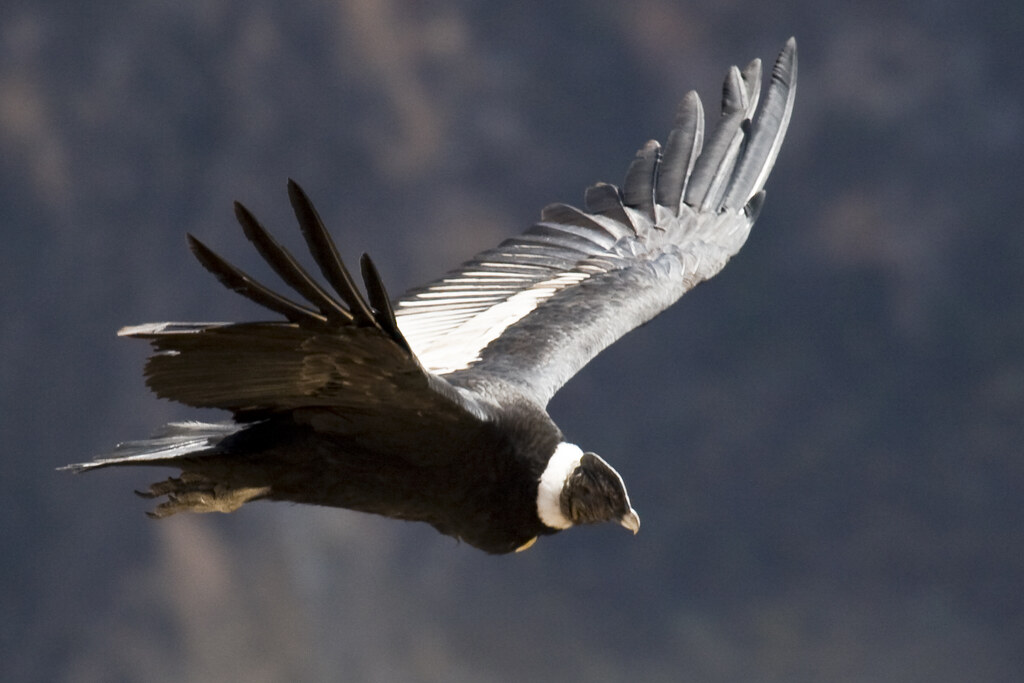
This magnificent bird of prey with its huge wingspan is a fitting symbol for the soaring Andean mountains.
44. Bolivia’s national flower is the Kantuta.
This beautiful red flower grows across the Andean highlands and has cultural significance in Andean mythology.
Conclusion
After learning 45 enlightening facts about Bolivia, are you feeling inspired to visit this incredible country? The diversity across history, landscapes, people, food, and festivals gives Bolivia a character all its own. There are even more fascinating insights waiting to be uncovered in this intriguing South American destination!





